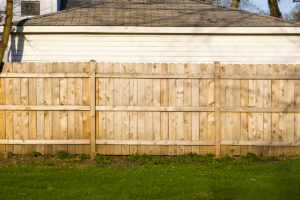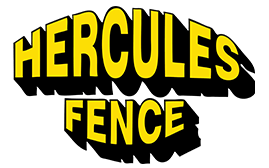
Fence rot can be a major problem for wood fences if they are not properly maintained and repaired through the years.
Wood fences are a timeless addition to any property, offering privacy, security, and aesthetic appeal. However, like any outdoor structure, they are susceptible to environmental factors that can lead to deterioration over time. One common issue that plagues wood fences is fence rot. In this article, we’ll delve into what fence rot is, how it occurs, and strategies for prevention and management.
What is Fence Rot?
Fence rot, also known as wood rot, refers to the decay and decomposition of wood material due to the action of fungi and moisture. It typically starts from the inside of the wood and progresses outward, compromising the structural integrity of the fence. Rot can affect both the appearance and functionality of the fence—leading to warping, cracking, and eventual failure if left untreated.
How Does Fence Rot Happen?
Fence rot is primarily caused by prolonged exposure to moisture, which creates an ideal environment for fungi to thrive. Here are some common factors that contribute to fence rot:
- Excessive Moisture: Rainfall, sprinkler systems, or high humidity levels can saturate the wood, providing the necessary moisture for fungal growth.
- Poor Drainage: Inadequate drainage around the fence posts can lead to water pooling at the base, accelerating decay.
- Ground Contact: Fence posts that are directly in contact with soil are more vulnerable to rot, as soil moisture promotes fungal activity.
- Lack of Air Circulation: Areas of the fence that are constantly shaded or obstructed from airflow are more prone to moisture buildup and rot.
Mitigating the Risk of Fence Rot
Prevention is key when it comes to mitigating the risk of fence rot. Here are some strategies to consider:
- Choose Rot-Resistant Wood: Opt for naturally durable wood species such as cedar, redwood, or pressure-treated pine, which are less susceptible to decay.
- Use Proper Installation Techniques: Ensure that fence posts are installed correctly with adequate spacing and proper drainage to prevent water accumulation.
- Apply Protective Finishes: Seal the wood with a water-repellent finish or paint to create a barrier against moisture infiltration.
- Maintain Good Air Circulation: Trim vegetation and remove debris around the fence to promote airflow and reduce moisture buildup.
- Regular Inspections: Periodically inspect the fence for signs of rot, such as soft spots, discoloration, or fungal growth, and address any issues promptly.
Managing Fence Rot
If fence rot has already begun, prompt action is essential to prevent further deterioration. Here’s what you can do:
- Remove Affected Areas: Cut out the rotted sections of the fence using a saw, ensuring that you remove all compromised wood.
- Replace Damaged Components: Replace the removed sections with new, rot-resistant wood and secure them properly to restore the fence’s integrity.
- Treat with Fungicides: Apply a fungicidal treatment to the remaining wood to kill any remaining fungi and prevent future infestations.
- Improve Drainage: Address any drainage issues around the fence posts by adding gravel or installing drainage pipes to divert water away from the area.
Residential & Commercial Fences from Hercules Fence DC
Hercules Fence DC has been providing property owners with quality fences for over 50 years. We are well-equipped to meet your needs, whether they are residential or commercial. We have extensive experience working with families and pet owners to keep the most important members of their homes safe, so call us today about installing a new pet fence for your family. Contact us by giving us a call at 301-441-1600 or visiting us online. To see examples of our work, follow us on Facebook, Twitter, LinkedIn, Pinterest, and Flickr.








